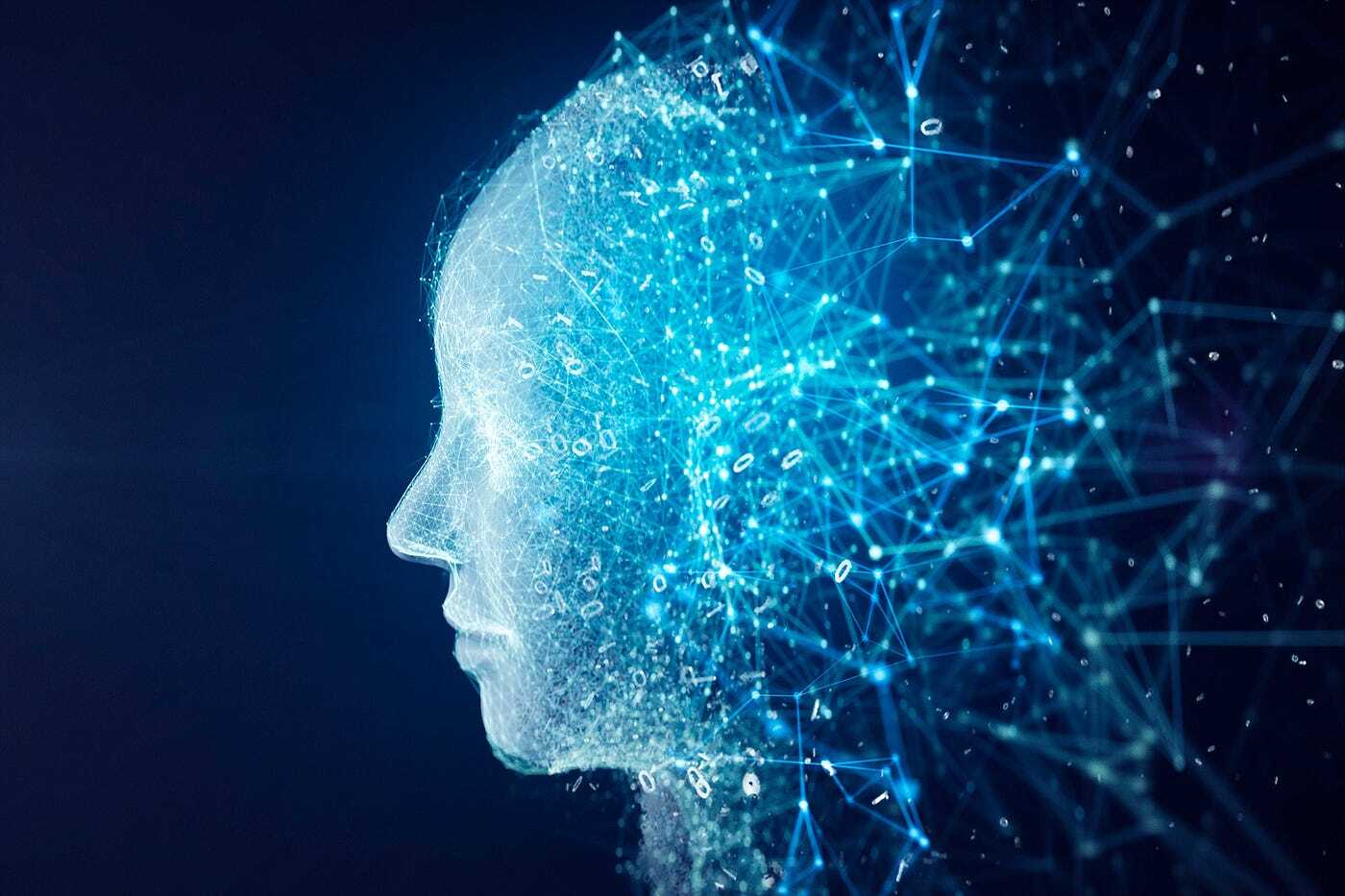
Welcome to the thrilling world of Rollerball! This action-packed movie has captured the hearts of fans around the globe with its intense sports battles and futuristic setting. Rollerball, released in 1975, is a sci-fi sports film directed by Norman Jewison. Set in the year 2018, the story centers around a dangerous sport called Rollerball, where players battle it out on roller skates. But Rollerball is not just an ordinary sport; it’s a violent and brutal game that keeps the masses entertained and under control. As we dive deeper into the fascinating world of Rollerball, get ready to discover 33 mind-blowing facts about the movie that you may not have known!
Key Takeaways:
- Rollerball is a 1975 science fiction sports film with thrilling action and social commentary, exploring the dangers of violence and corporate control in a dystopian society.
- The movie’s impact on popular culture and its thought-provoking themes of unity and resistance against oppressive systems have solidified its status as a beloved cult classic.
Rollerball is a science fiction sports film released in 1975.
Set in a dystopian future, the movie is known for its thrilling action sequences and thought-provoking social commentary.
The film was directed by Norman Jewison.
Jewison is known for his diverse filmography, with works ranging from musicals to dramas, and received critical acclaim throughout his career.
Rollerball stars James Caan in the lead role.
Caan’s performance as Jonathan E. stands out, showcasing his acting prowess and physical abilities.
The movie’s screenplay was written by William Harrison.
Based on his own short story, Harrison crafted a captivating narrative that explores the dangers of violence and the power of corporate control.
The story is set in a society controlled by corporations.
In this world, the game of Rollerball is used as a tool to promote obedience and suppress individuality.
Rollerball combines elements of various sports, including roller derby, football, and hockey.
Its fast-paced and brutal nature captivates audiences and adds to the intensity of the film.
The game of Rollerball is played on a circular track.
Players use motorcycles to chase a metal ball and score points by depositing it into a goal.
The violent nature of the sport is one of the key themes of the film.
It serves as a metaphor for the dehumanizing effects of society’s obsession with violence and oppression.
The film features impressive action sequences and stunts.
From exhilarating rollerball matches to intense chase scenes, the movie keeps viewers on the edge of their seats.
The movie’s soundtrack, composed by André Previn, adds to the tension and excitement.
From powerful orchestral pieces to electronic sounds, the music perfectly complements the futuristic setting.
Rollerball boasts an impressive ensemble cast.
Apart from James Caan, the film stars John Houseman, Maud Adams, and John Beck, who deliver memorable performances.
The film received mixed reviews upon its release.
While some praised its visual style and social commentary, others felt that it lacked depth in its storytelling.
Despite the initial reception, Rollerball has achieved cult status over the years.
Its unique blend of action, dystopian themes, and political commentary has resonated with audiences worldwide.
The movie was nominated for an Academy Award for Best Editing.
It is praised for its seamless editing, which enhances the intensity of the action sequences.
Rollerball explores themes such as individuality, free will, and the dangers of unchecked corporate power.
These thought-provoking concepts elevate the film beyond its genre trappings.
Rollerball was remade in 2002.
Directed by John McTiernan, the remake starred Chris Klein, LL Cool J, and Rebecca Romijn.
The remake received negative reviews and failed to capture the essence of the original.
Many critics felt that it lacked the depth and social commentary present in the 1975 version.
The original Rollerball was influenced by real-life events and societal concerns of the 1970s.
Issues such as corporate dominance and the rise of violence in sports inspired the film’s narrative.
James Caan had to undergo intense training for his role.
He learned how to play the game of rollerball and performed many of his own stunts.
The film’s production design is visually striking.
The futuristic set designs and costumes help create a believable dystopian world.
Rollerball was shot on location in Munich, Germany.
The city’s modern architecture and unique landscapes contribute to the film’s aesthetic.
The movie’s cinematography, done by Douglas Slocombe, adds to the gritty atmosphere.
The use of low angles and handheld shots immerses viewers in the intense action.
The film’s ending is intentionally ambiguous.
It leaves audiences pondering the consequences of unchecked power and the importance of individual resistance.
Rollerball was a box office success upon its release.
It grossed over $30 million worldwide, solidifying its status as a popular science fiction film.
The film’s tagline was “In the not-too-distant future, wars will no longer exist. But there will be… Rollerball.”
This tagline effectively captures the high-stakes and dystopian nature of the film.
Rollerball has inspired various forms of media.
From video games to literature, its impact on popular culture is evident.
The movie sparked debates about violence in media and its potential influence on society.
Its depiction of an oppressive system using violence to control the masses raised important questions about media’s role.
Rollerball showcases the power of unity and resistance against oppressive systems.
It serves as a reminder of the importance of standing up for one’s beliefs.
The film’s costumes, designed by Julie Harris, are memorable and iconic.
From the sleek uniforms of the rollerball players to the extravagant outfits of the corporate elite, they contribute to the visual appeal of the movie.
The movie’s editing style, characterized by quick cuts and intense pacing, adds to the intensity of the rollerball sequences.
It creates a sense of urgency and keeps viewers engaged throughout the film.
Rollerball has gained a reputation for its prophetic portrayal of a future society controlled by corporations.
Its cautionary message about the dangers of unchecked power remains relevant today.
The movie’s popularity led to the creation of a Rollerball-themed attraction at the Universal Studios Theme Parks.
Visitors can experience the thrill of the futuristic sport through immersive rides and interactive exhibits.
Rollerball has become a beloved cult classic and continues to be celebrated by fans of science fiction cinema.
Its unique blend of action, social commentary, and thought-provoking themes cements its status as a timeless film.
Conclusion
There you have it, 33 fascinating facts about the movie Rollerball! From its groundbreaking action sequences to its thought-provoking social commentary, Rollerball truly left a lasting impact on the world of cinema. Whether you’re a fan of the original 1975 film or the 2002 remake, it’s clear that Rollerball has cemented its place in movie history as a cult classic.
With its innovative concept, talented cast, and memorable soundtrack, Rollerball continues to captivate audiences with its thrilling story. So, if you haven’t already, grab some popcorn, settle into your seat, and immerse yourself in the high-energy world of Rollerball.
FAQs
1. When was the original Rollerball film released?
The original Rollerball film was released in 1975.
2. Who directed the 2002 remake of Rollerball?
The 2002 remake of Rollerball was directed by John McTiernan.
3. Is Rollerball based on a book?
Yes, Rollerball is based on the short story “Roller Ball Murder” by William Harrison.
4. Who starred as the main character in the original Rollerball?
James Caan starred as the main character, Jonathan E., in the original Rollerball.
5. What is the premise of Rollerball?
Rollerball is set in a dystopian future where a violent sport called Rollerball has replaced all other sports and becomes a tool for controlling the masses.
6. Was the Rollerball sport real?
No, the Rollerball sport depicted in the movie was fictional.
7. What is the significance of “Rollerball” in the film?
Rollerball” is the name of the sport that the characters participate in, which involves a mix of roller skating, motorcycling, and brutal physicality.
8. Did the movie Rollerball receive any awards?
Yes, Rollerball won the Best Original Song Score award at the Academy Awards in 1976.
9. Does the movie Rollerball have any sequels?
Yes, a poorly received sequel called Rollerball 2000 was released in 2001.
10. Where can I watch Rollerball?
You can watch Rollerball on various streaming platforms or purchase it on DVD or Blu-ray.
If you enjoyed learning about Rollerball, why not explore more fascinating films? Discover the chilling origins of the Japanese horror film Ju-on: The Grudge and its haunting remake. Step into the surreal, dystopian world of The City of Lost Children, where imagination knows no bounds. For a thrilling ride, join Arnold Schwarzenegger in the meta-action adventure Last Action Hero, a film that blurs the lines between reality and action-packed fiction. Each of these unique cinematic experiences offers something special for movie enthusiasts to uncover.
Was this page helpful?
Our commitment to delivering trustworthy and engaging content is at the heart of what we do. Each fact on our site is contributed by real users like you, bringing a wealth of diverse insights and information. To ensure the highest standards of accuracy and reliability, our dedicated editors meticulously review each submission. This process guarantees that the facts we share are not only fascinating but also credible. Trust in our commitment to quality and authenticity as you explore and learn with us.


